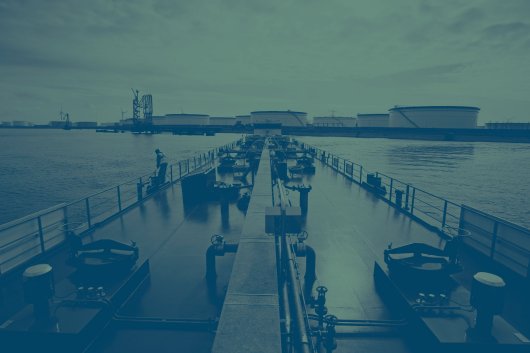Maersk Line: Fuel costs down to 14 percent
Fuel costs as a percentage of total unit costs fall during the first quarter of '09.
Danish transportation and energy group A.P Møller - Maersk A/S (Maersk) has announced that its subsidiary Maersk Line recorded a drop in fuel costs as a percentage of total unit costs in the first quarter of 2009, compared to the same period last year.
Maersk Line's fuel costs accounted for 14 percent of total unit costs during the first three months of this year, compared to 23 percent in the first quarter of 2008.
The average fuel price was 45 percent below the corresponding period in 2008, the Danish conglomerate said.
The news comes as Maersk Line, which owns more than 450 vessels and is the largest bunker purchaser in the world, reported a net loss of $555 million in the first quarter. The results helped the group turn in a net loss for the period of $373 million on $11 billion turnover, against a net profit of $1.05 billion on $14.4 billion turnover for the January-March period last year.
Volumes for Maersk Line have been affected negatively by the falling demand during the first quarter of this year. As a result, the volumes transported in the first quarter of 2009 totalled 1.3 million FFE (Forty-Foot Equivalent container units), a decrease of 14 percent compared to the corresponding period of 2008 (1.5 million FFE).
Average freight rates were 24 percent below the corresponding period of 2008 due to the deterioration in market terms and lower compensation for higher fuel costs, Maersk said.
Commenting on the forecast for the rest of the year, Maersk said "The outlook for 2009 is subject to considerable uncertainty, especially due to the development in the global economy. Specific uncertainties relate to the development in container freight rates, transported volumes, the USD exchange rate and oil prices."
BAF Formula
In regard to the levy Maersk Line charges based on fluctuating bunker prices, the group said "Current market conditions have reduced opportunities to levy compensation for higher fuel costs."
Maerk Line uses its own formula to calculate its floating Bunker Adjustment Factor (BAF). The company says it revises the BAF for both dry and refrigerated containers on a monthly basis.
For further information regarding Maersk's BAF formula and online calculator, please visit http://baf.maerskline.com or www.maerskline.com/baf.
The online calculator uses a formula developed by Maersk Line to calculate the BAF for any given trade. The user simply selects the load and discharge country and the container type. The BAF Calculator then works out the bunker charge in USD per unit for each container type.
The website also includes an online simulator so users can see how the BAF will fluctuate according to changes in the bunker price.
Maersk Line's fuel costs accounted for 14 percent of total unit costs during the first three months of this year, compared to 23 percent in the first quarter of 2008.
The average fuel price was 45 percent below the corresponding period in 2008, the Danish conglomerate said.
The news comes as Maersk Line, which owns more than 450 vessels and is the largest bunker purchaser in the world, reported a net loss of $555 million in the first quarter. The results helped the group turn in a net loss for the period of $373 million on $11 billion turnover, against a net profit of $1.05 billion on $14.4 billion turnover for the January-March period last year.
Volumes for Maersk Line have been affected negatively by the falling demand during the first quarter of this year. As a result, the volumes transported in the first quarter of 2009 totalled 1.3 million FFE (Forty-Foot Equivalent container units), a decrease of 14 percent compared to the corresponding period of 2008 (1.5 million FFE).
Average freight rates were 24 percent below the corresponding period of 2008 due to the deterioration in market terms and lower compensation for higher fuel costs, Maersk said.
Commenting on the forecast for the rest of the year, Maersk said "The outlook for 2009 is subject to considerable uncertainty, especially due to the development in the global economy. Specific uncertainties relate to the development in container freight rates, transported volumes, the USD exchange rate and oil prices."
BAF Formula
In regard to the levy Maersk Line charges based on fluctuating bunker prices, the group said "Current market conditions have reduced opportunities to levy compensation for higher fuel costs."
Maerk Line uses its own formula to calculate its floating Bunker Adjustment Factor (BAF). The company says it revises the BAF for both dry and refrigerated containers on a monthly basis.
For further information regarding Maersk's BAF formula and online calculator, please visit http://baf.maerskline.com or www.maerskline.com/baf.
The online calculator uses a formula developed by Maersk Line to calculate the BAF for any given trade. The user simply selects the load and discharge country and the container type. The BAF Calculator then works out the bunker charge in USD per unit for each container type.
The website also includes an online simulator so users can see how the BAF will fluctuate according to changes in the bunker price.
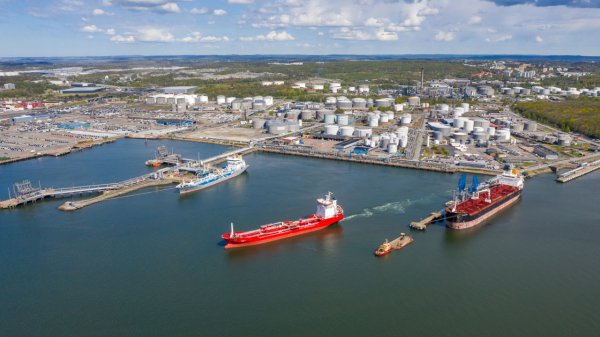
|
Swedish biomethane bunkered in Gothenburg
Test delivery performed by St1 and St1 Biokraft, who aim to become large-scale suppliers. |
|
|
|
||
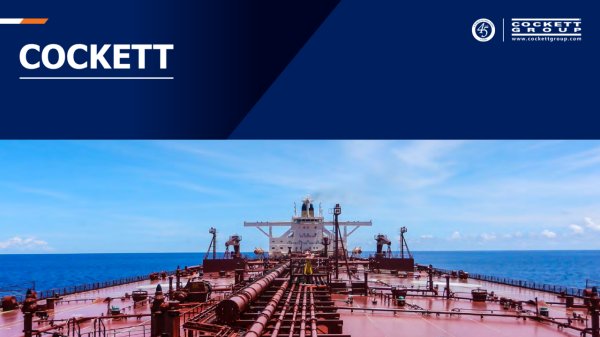
|
Cockett to be closed down after 45 years
End of an era as shareholders make decision based on 'non-core nature' of Cockett's business. |
|
|
|
||
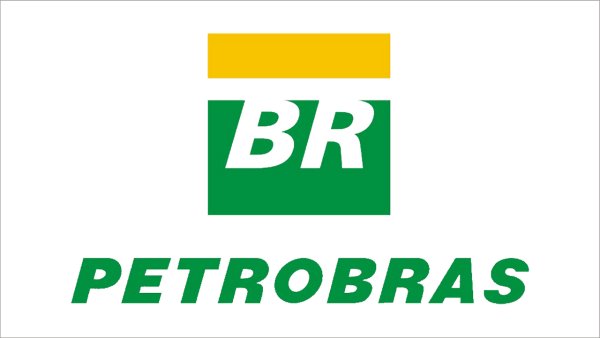
|
Petrobras confirms prompt availability of VLS B24 at Rio Grande
Lead time for barge deliveries currently five days. |
|
|
|
||
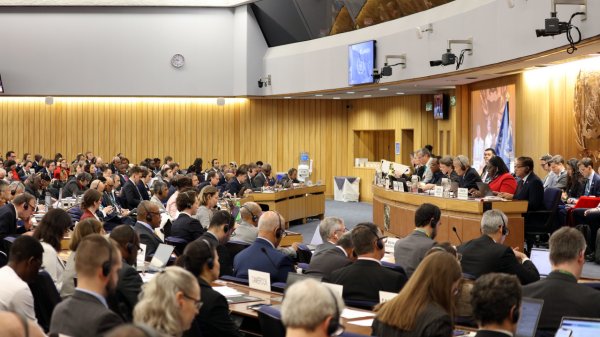
|
IMO approves pricing mechanism based on GHG intensity thresholds
Charges to be levied on ships that do not meet yearly GHG fuel intensity reduction targets. |
|
|
|
||
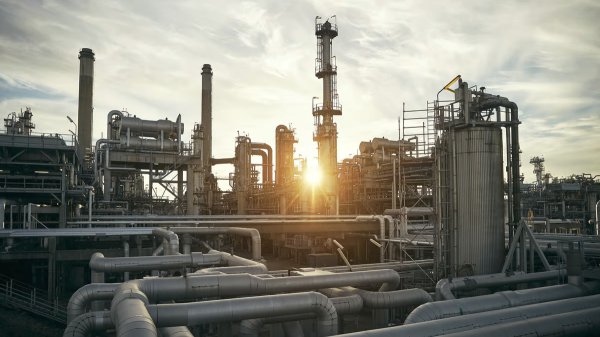
|
VARO Energy expands renewable portfolio with Preem acquisition
All-cash transaction expected to complete in the latter half of 2025. |
|
|
|
||
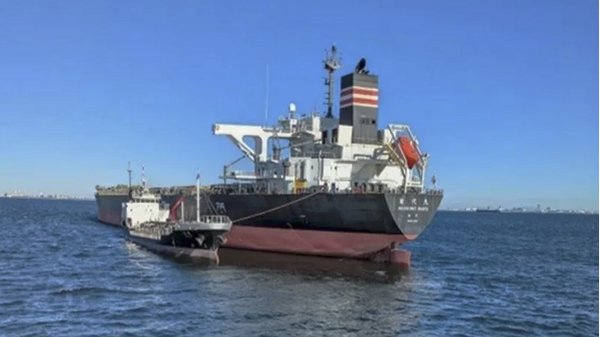
|
NYK trials biofuel in milestone coal carrier test
Vessel is used to test biofuel for domestic utility company. |
|
|
|
||
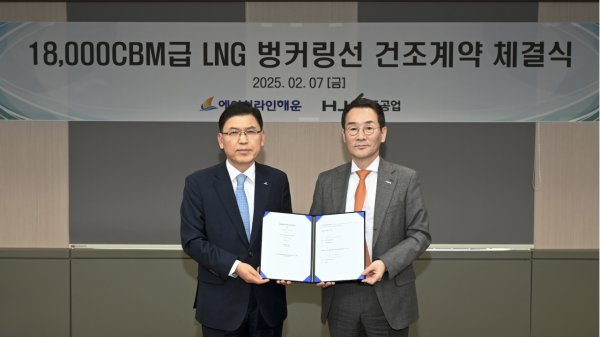
|
H-Line Shipping orders LNG bunkering vessel
Vessel with 18,000-cbm capacity to run on both LNG and MDO. |
|
|
|
||

|
How to engineer and manage green shipping fuels | Stanley George, VPS
Effective management strategies and insights for evolving fuel use. |
|
|
|
||
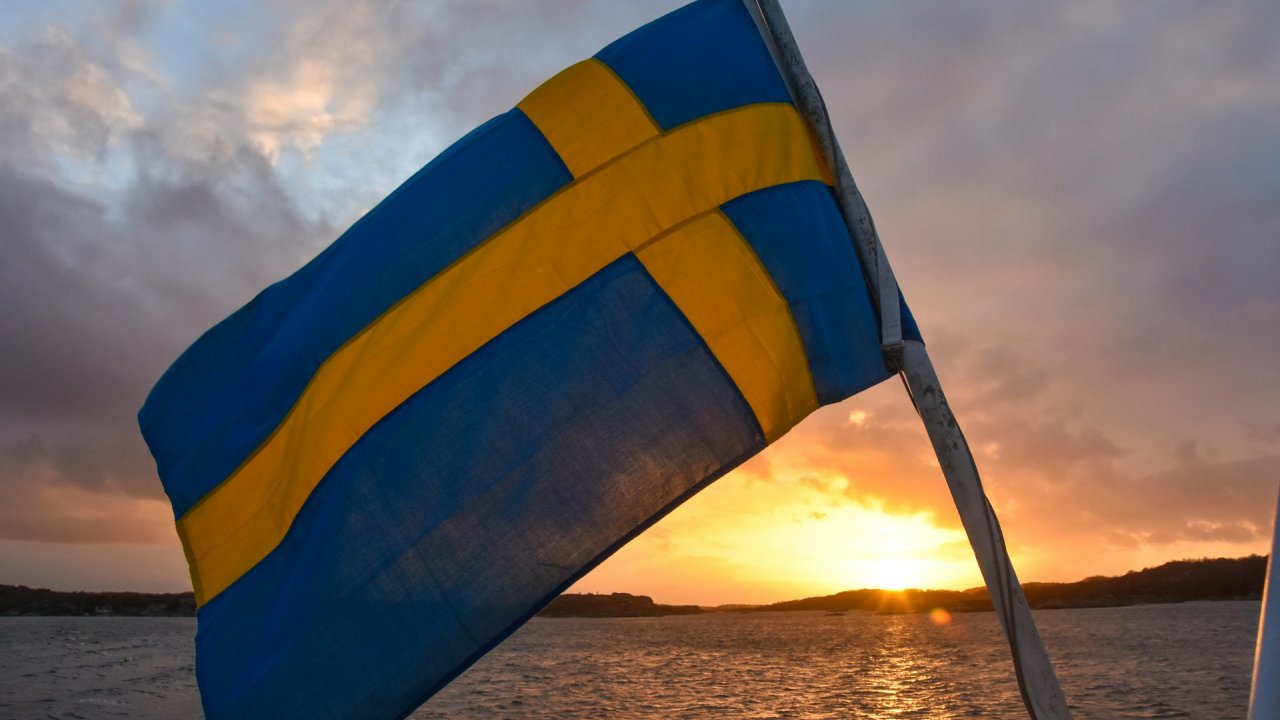
|
Swedish government bans scrubber wastewater discharges
Discharges from open-loop scrubbers to be prohibited in Swedish waters from July 2025. |
|
|
|
||
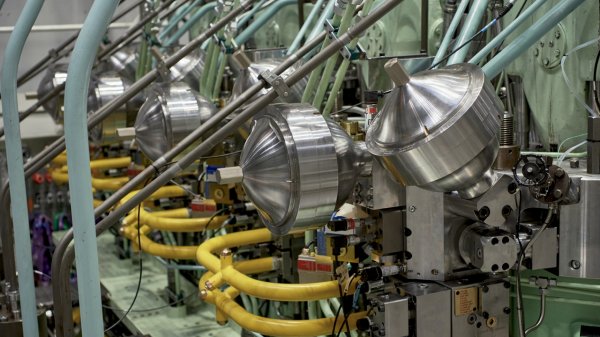
|
MAN Energy Solutions achieves 100% load milestone for ammonia engine
Latest tests validate fuel injection system throughout the entire load curve. |
|
|
|
||
Related Links
- · Maersk cuts CO2 emissions by 9% [Insights]
- · Maersk in carbon dioxide initiative [Insights]
- · Maersk reaches clean fuel milestone [Insights]
- · Joint industry project aims to reduce bunker costs [Insights]
- · Denmark [Directory]

